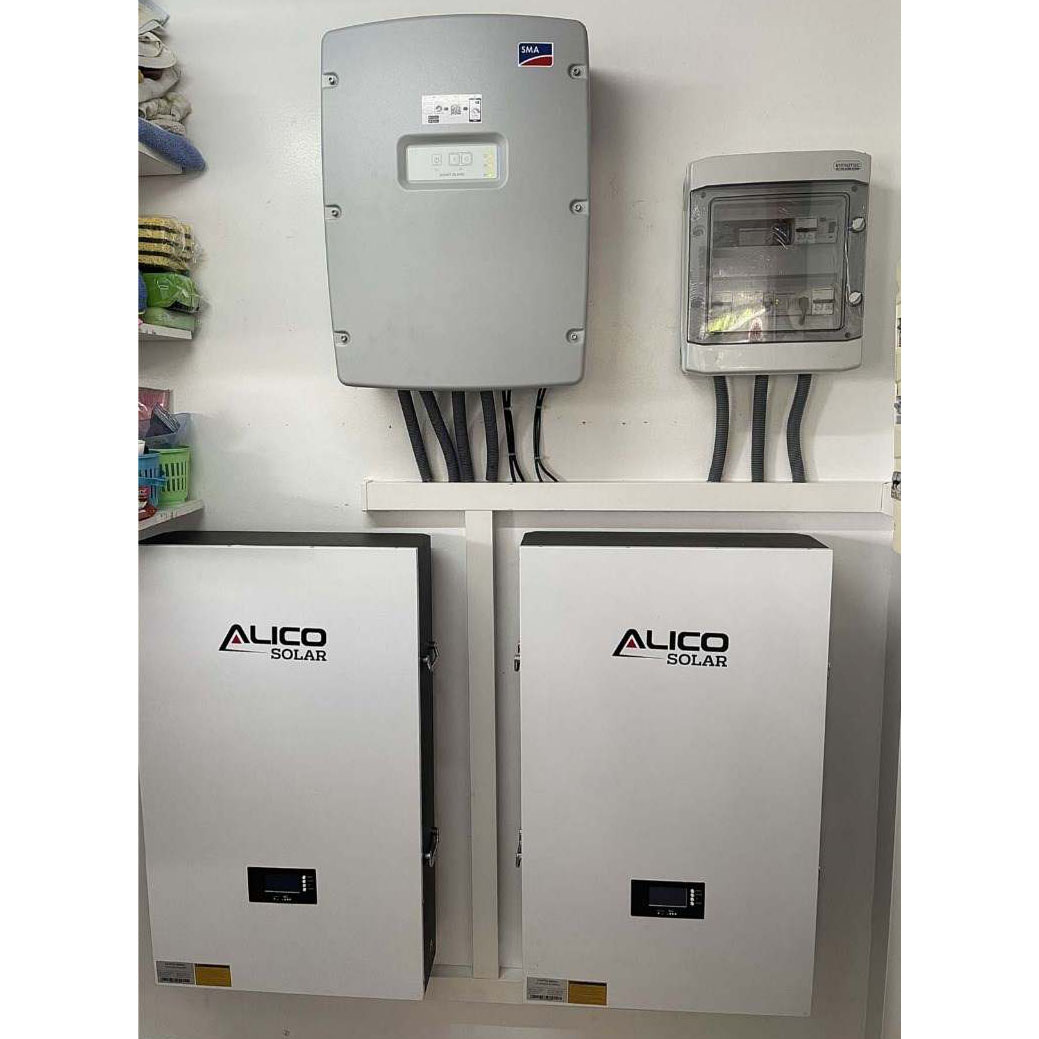Q1: What is a household energy storage system?
A household energy storage system is designed for residential users and is typically combined with a home photovoltaic (PV) system to provide electrical energy for households.
Q2: Why do users add energy storage?
The main incentive for adding energy storage is to save on electricity costs. Residential electricity use peaks at night, while PV generation occurs during the day, leading to a mismatch between production and consumption times. Energy storage helps users store excess daytime electricity for use at night. Additionally, electricity rates vary throughout the day with peak and off-peak pricing. Energy storage systems can charge during off-peak times via the grid or PV panels and discharge during peak times, thus avoiding higher electricity costs from the grid and effectively reducing electricity bills.
Q3: What is a household grid-tied system?
Generally, household grid-tied systems can be categorized into two modes:
- Full Feed-in Mode: PV power is fed into the grid, and revenue is based on the amount of electricity fed into the grid.
- Self-Use with Excess Feed-in Mode: PV power is used primarily for household consumption, with any excess electricity fed into the grid for revenue.
Q4: What type of household grid-tied system is suitable for conversion to an energy storage system? Systems that use the self-use with excess feed-in mode are more suitable for conversion to an energy storage system. The reasons are:
- Full feed-in mode systems have a fixed electricity selling price, offering stable returns, so conversion is generally unnecessary.
- In full feed-in mode, the PV inverter’s output is directly connected to the grid without passing through household loads. Even with the addition of storage, without changing AC wiring, it can only store PV power and feed it into the grid at other times, without enabling self-use.
Coupled Household PV + Energy Storage System
Currently, converting household grid-tied systems to energy storage systems mainly applies to PV systems using the self-use with excess feed-in mode. The converted system is called a coupled household PV + energy storage system. The primary motivation for conversion is reduced electricity subsidies or restrictions on selling power imposed by grid companies. Users with existing household PV systems may consider adding energy storage to reduce daytime power sales and nighttime grid purchases.
Diagram of Coupled Household PV + Energy Storage System
01 System Introduction A coupled PV + energy storage system, also known as an AC-coupled PV + energy storage system, generally consists of PV modules, a grid-tied inverter, lithium batteries, an AC-coupled storage inverter, a smart meter, CTs, the grid, grid-tied loads, and off-grid loads. This system allows excess PV power to be converted to AC by the grid-tied inverter and then to DC for storage in the battery by the AC-coupled storage inverter.
02 Working Logic During the day, PV power first supplies the load, then charges the battery, and any excess is fed into the grid. At night, the battery discharges to supply the load, with any deficit supplemented by the grid. In case of a grid outage, the lithium battery only powers off-grid loads, and grid-tied loads cannot be used. Additionally, the system allows users to set their own charging and discharging times to meet their electricity needs.
03 System Features
- Existing grid-tied PV systems can be converted to energy storage systems with low investment costs.
- Provides reliable power protection during grid outages.
- Compatible with grid-tied PV systems from different manufacturers.
Post time: Aug-28-2024

